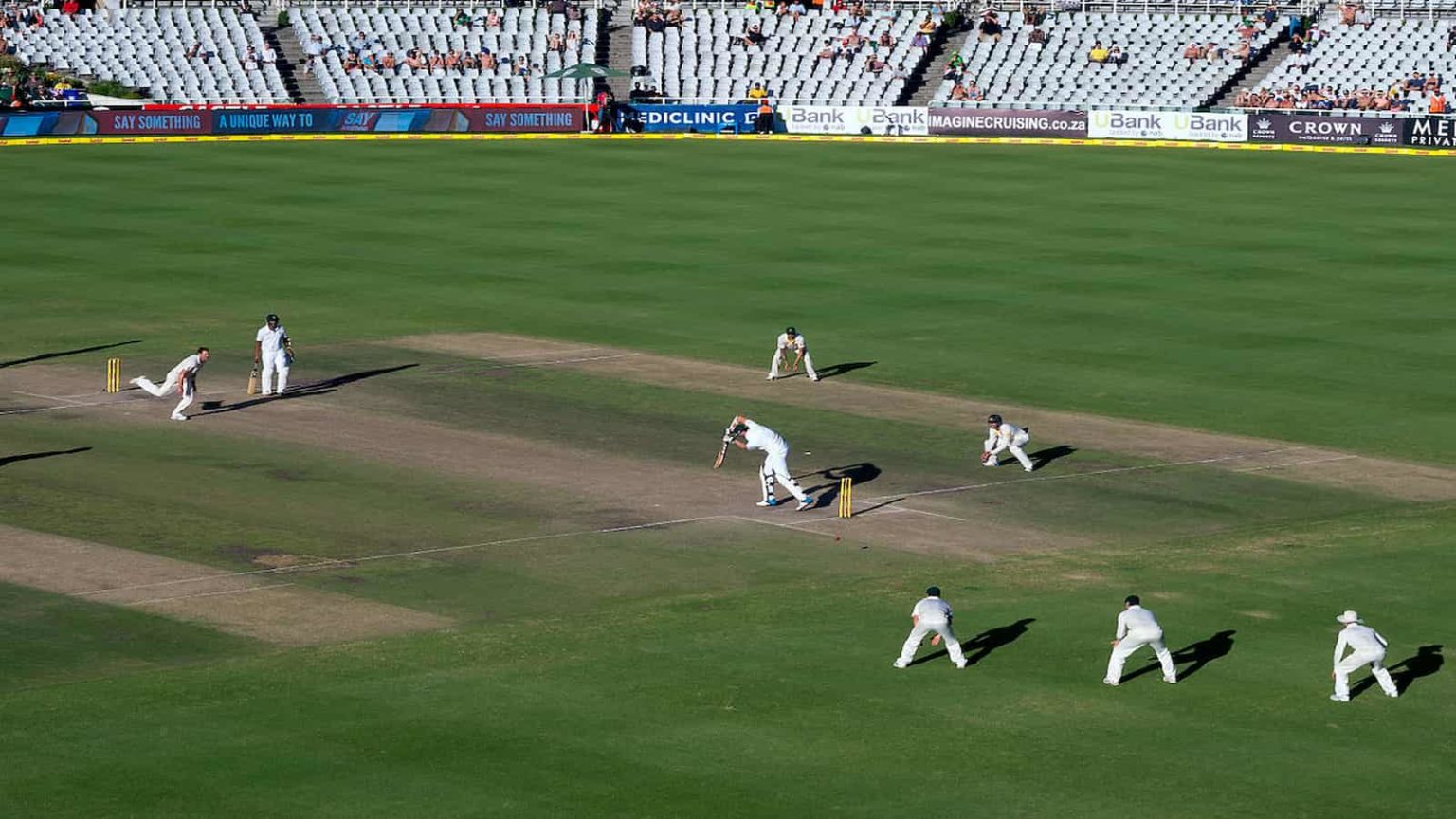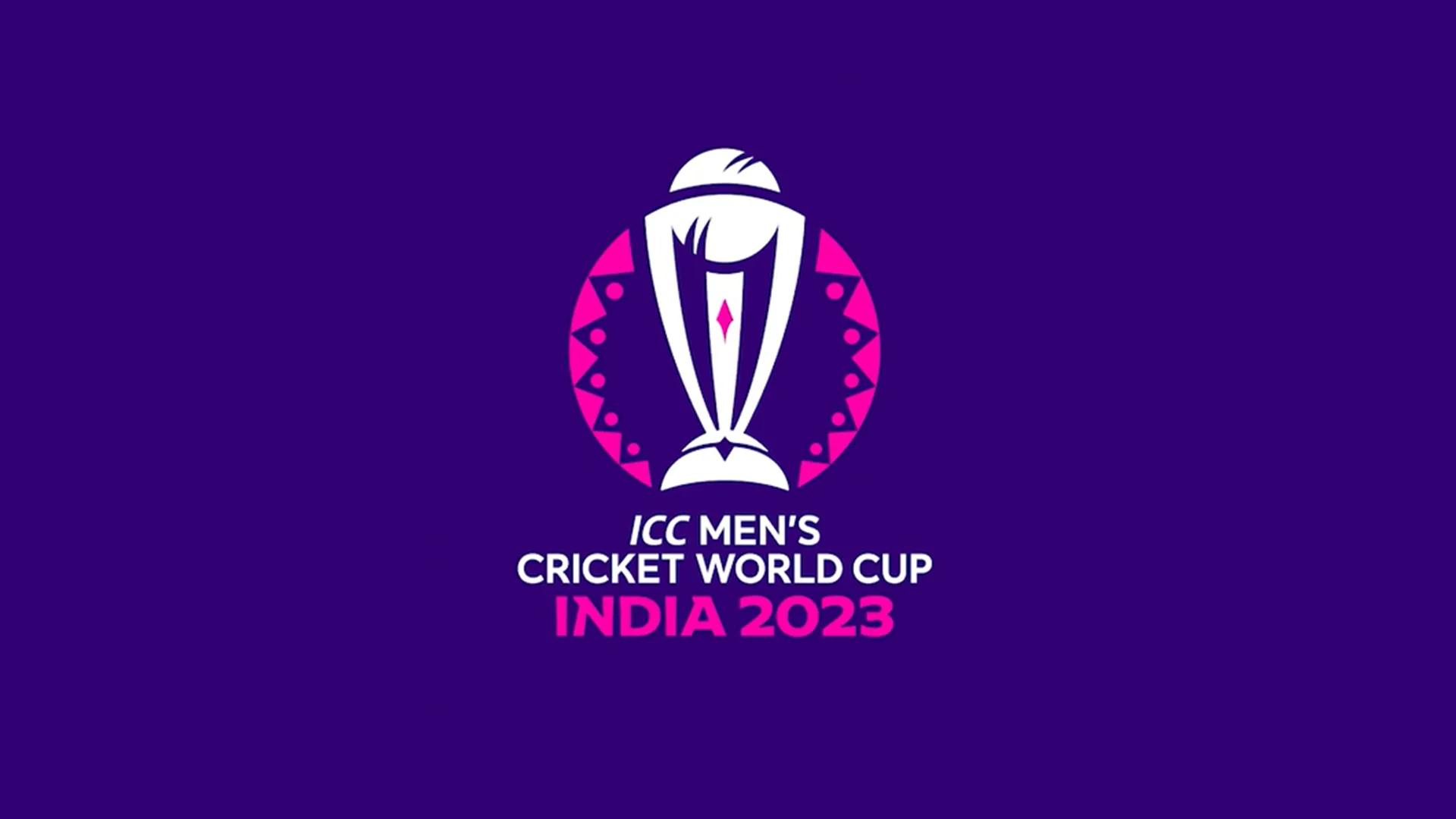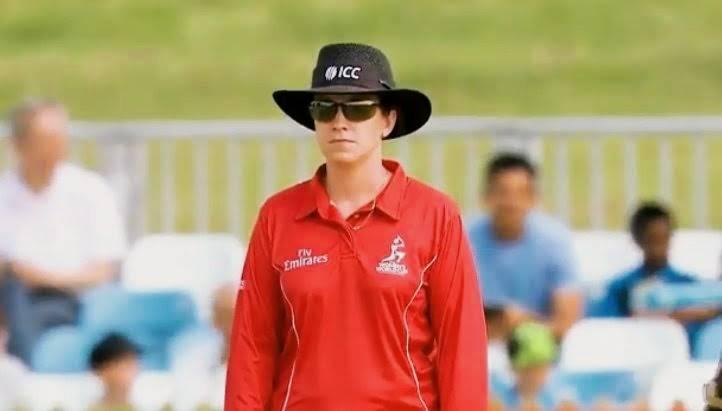Image source – https://thesportslite.com/cricket/fielding-positions-in-cricket/
Fielding is an essential aspect of cricket, and its importance cannot be overstated. In the World Cup Cricket, fielding can make the difference between winning and losing. A team with excellent fielding skills can save runs, take wickets, and put pressure on the opposition, ultimately leading to victory.
Effective fielding requires a combination of speed, agility, coordination, and anticipation. Fielders must be able to move quickly and cover a lot of ground, as well as catch and throw accurately. They must also be able to read the game and anticipate where the ball is likely to go, positioning themselves accordingly.
In the World Cup Cricket, where the stakes are high and the competition is fierce, every run and every wicket counts. A team that can field well has a significant advantage over its opponents, as it can restrict the opposition’s scoring and create opportunities to take wickets. As such, fielding is a crucial component of a team’s overall strategy and can be the key to success in the tournament.
The Role of Fielding in Cricket
The Skill of Fielding
Fielding is a crucial part of cricket and requires a high level of skill. It involves stopping the ball, catching it, and throwing it back to the bowler or wicket-keeper. Good fielding can prevent runs and take wickets, which can have a significant impact on the game’s outcome.
Fielding requires a combination of fitness, reflexes, anticipation, and ability. Players need to be agile and have good hand-eye coordination to catch the ball. They also need to be able to anticipate where the ball will go and move quickly to get into position.
Fielding and Its Impact on the Game
Fielding can have a significant impact on the game’s outcome. A good fielding team can restrict the opposition’s scoring and put pressure on their batsmen. They can also take wickets through catches and runouts, which can change the course of the game.
In addition to its impact on the game, fielding also plays a role in a team’s overall performance. A team with good fielding skills is often more confident and motivated, which can translate into better performances with the bat and ball.
Overall, fielding is an essential aspect of cricket that requires skill, fitness, and teamwork. A good fielding team can make all the difference in a game, and players should prioritize their fielding skills to improve their overall performance.
Fielding Positions and Their Importance
The Point
The point is positioned at a 90-degree angle to the batsman’s crease on the off-side. The fielder at this position is responsible for covering the area between cover and backward point. The point is a crucial position as it is the closest fielder to the bat and can stop the ball from passing through the infield. The point fielder must have quick reflexes and excellent fielding skills to save runs.
The Cover
The cover is positioned on the off-side, halfway between the point and mid-off. The cover fielder is responsible for covering the area between extra cover and mid-off. The cover fielder must be quick on his feet and have good anticipation skills to stop the ball from going past him. A good cover fielder can save a lot of runs and put pressure on the batsman.
The Slips
Slips are positioned behind the wicketkeeper on the off-side. The slips are responsible for catching any edges that the batsman may produce. The number of slips varies depending on the bowler’s pace and the pitch conditions. Slip fielding requires excellent reflexes, good anticipation, and a safe pair of hands.
The Mid-On
The mid-on is positioned on the on-side, halfway between mid-wicket and the bowler’s end. The mid-on fielder is responsible for covering the area between mid-wicket and the bowler’s end. The mid-on fielder must have good reflexes and be quick on his feet to stop the ball from going past him. The mid-on fielder is also responsible for backing up the bowler and preventing any overthrows.
The Short Leg
The short leg is positioned close to the batsman on the on-side. The short leg fielder is responsible for catching any balls that come off the batsman’s pads. The short leg fielder must have quick reflexes and excellent fielding skills as the ball can come at him very fast. A good short leg fielder can put pressure on the batsman and create chances.
In conclusion, the fielding positions in cricket are crucial and play a significant role in the game’s outcome. Each position requires specific skills and abilities to perform well. A good fielding team can save a lot of runs and create chances to take wickets.
Fielding in Different Teams
Fielding in South Africa
South Africa is known for its exceptional fielding skills and athleticism. The Proteas are one of the best fielding teams in the world. They are quick, agile, and have excellent reflexes. The South African team has some of the best fielders in the world, including Jonty Rhodes, Herschelle Gibbs, and AB de Villiers. They have a reputation for taking spectacular catches and making run-outs from impossible angles.
Fielding in New Zealand
New Zealand is another team that is known for its excellent fielding skills. The Kiwis are quick and agile on the field, and they have a reputation for being one of the most athletic teams in the world. They have some of the best fielders in the world, including Martin Guptill, Ross Taylor, and Kane Williamson. The New Zealand team is known for taking spectacular catches and making run-outs.
Fielding in Australia
Australia is one of the most successful cricket teams in the world, and their fielding is a big reason for their success. The Aussies are quick, agile, and have excellent reflexes. They have some of the best fielders in the world, including Ricky Ponting, Michael Clarke, and Steve Smith. The Australian team is known for taking spectacular catches and making run-outs from impossible angles.
Fielding in India
India is a team that has improved its fielding skills in recent years. The Indian team is quick and agile on the field, and they have some of the best fielders in the world, including Ravindra Jadeja, Virat Kohli, and Rohit Sharma. They have a reputation for taking spectacular catches and making run-outs.
Fielding in England
England is another team that has improved its fielding skills in recent years. The English team is quick and agile on the field, and they have some of the best fielders in the world, including Ben Stokes, Jos Buttler, and Eoin Morgan. They have a reputation for taking spectacular catches and making run-outs.
Fielding in Pakistan
Pakistan is known for its excellent fielding skills. The Pakistani team is quick, agile, and has excellent reflexes. They have some of the best fielders in the world, including Shahid Afridi, Shadab Khan, and Babar Azam. The Pakistani team is known for taking spectacular catches and making run-outs.
Fielding in Sri Lanka
Sri Lanka is another team that is known for its excellent fielding skills. The Sri Lankan team is quick and agile on the field, and they have some of the best fielders in the world, including Angelo Mathews, Kusal Mendis, and Thisara Perera. They have a reputation for taking spectacular catches and making run-outs.
Fielding in West Indies
The West Indies team is known for its athleticism and excellent fielding skills. The Caribbean team is quick, agile, and has excellent reflexes. They have some of the best fielders in the world, including Chris Gayle, Andre Russell, and Kieron Pollard. The West Indies team is known for taking spectacular catches and making run-outs.
Fielding in Bangladesh
Bangladesh is a team that has improved its fielding skills in recent years. The Bangladeshi team is quick and agile on the field, and they have some of the best fielders in the world, including Shakib Al Hasan, Tamim Iqbal, and Mushfiqur Rahim. They have a reputation for taking spectacular catches and making run-outs.
Fielding in Zimbabwe
Zimbabwe is a team that is known for its excellent fielding skills. The Zimbabwean team is quick, agile, and has excellent reflexes. They have some of the best fielders in the world, including Brendan Taylor, Sikandar Raza, and Craig Ervine. The Zimbabwean team is known for taking spectacular catches and making run-outs.
Notable Fielders and Their Contributions
Jonty Rhodes
Jonty Rhodes is one of the most iconic fielders in the history of cricket. He played for South Africa in the 1990s and was known for his acrobatic dives and lightning-fast reflexes. Rhodes was a crucial member of the South African team that reached the semi-finals of the 1992 World Cup. He is widely regarded as one of the best fielders of all time and has inspired many young cricketers to take up fielding as a serious aspect of the game.
Glenn Maxwell
Glenn Maxwell is a versatile player who is known for his explosive batting and electrifying fielding. He has taken some stunning catches and has saved numerous runs for his team. Maxwell’s fielding skills were on full display during the 2015 World Cup, where he took some breathtaking catches and was instrumental in Australia’s triumph.
AB de Villiers
AB de Villiers is a complete package when it comes to cricket. He is a great batsman, a brilliant wicket-keeper, and an outstanding fielder. De Villiers has taken some incredible catches and has saved countless runs for his team. He was a key player for South Africa in the 2015 World Cup, where he scored 482 runs and took 9 catches.
David Warner
David Warner is a dynamic opening batsman who is also a superb fielder. He has taken some stunning catches and has saved numerous runs for his team. Warner’s fielding skills were on full display during the 2019 World Cup, where he took some breathtaking catches and was instrumental in Australia’s progress to the semi-finals.
Sanath Jayasuriya
Sanath Jayasuriya was a legendary cricketer from Sri Lanka who was known for his explosive batting and exceptional fielding. He was a key member of the Sri Lankan team that won the 1996 World Cup. Jayasuriya was an outstanding fielder who took some incredible catches and saved numerous runs for his team.
Lasith Malinga
Lasith Malinga is one of the best fast bowlers in the history of cricket. He is also a superb fielder who has taken some incredible catches and has saved countless runs for his team. Malinga’s fielding skills were on full display during the 2011 World Cup, where he took some breathtaking catches and was instrumental in Sri Lanka’s progress to the final.
Mushfiqur Rahim
Mushfiqur Rahim is a talented cricketer from Bangladesh who is known for his excellent wicket-keeping and outstanding fielding. He has taken some incredible catches and has saved numerous runs for his team. Rahim’s fielding skills were on full display during the 2019 World Cup, where he took some breathtaking catches and was instrumental in Bangladesh’s progress to the knockout stage.
Overall, these notable fielders have made significant contributions to their respective teams in the World Cup Cricket. Their exceptional fielding skills have not only saved runs but also inspired many young cricketers to take up fielding as a serious aspect of the game.
Fielding in the World Cup Cricket
Fielding in ODI World Cup
Fielding is an essential aspect of cricket, and it plays a crucial role in deciding the outcome of a match. In the ODI World Cup, fielding has been a game-changer for many teams. A team’s fielding performance can impact their rating, advantage, momentum, and morale. The top teams in the world cup have always been known for their exceptional fielding abilities, especially when it comes to catching and taking wickets.
Fielding is also an excellent way to put pressure on the opposition team. Good fielding can save runs, create run-outs, and even lead to direct hits. In the ODI World Cup, fielding has become an integral part of the game, and teams are investing more time and resources in improving their fielding skills.
Fielding in T20 World Cup
In the T20 World Cup, fielding becomes even more critical. The shorter format of the game means that every run saved, every wicket taken, and every run-out can have a significant impact on the outcome of the match. The pressure on bowlers is immense, and good fielding can help ease that pressure.
Teams that excel in fielding in the T20 World Cup have a distinct advantage over their opponents. They can restrict the opposition’s batting, take crucial wickets, and even score runs by taking quick singles and doubles.
In conclusion, fielding is a crucial aspect of cricket, and it can make a significant difference in the World Cup. Teams that have exceptional fielding abilities can gain an advantage over their opponents and create momentum in their favor. Therefore, teams must focus on improving their fielding skills and make it an integral part of their game plan.
The Future of Fielding in Cricket
As the game of cricket continues to evolve, so does the importance of fielding. It is no longer just about stopping the ball or taking catches, but also about saving runs and creating pressure on the opposition. With the World Cup Cricket becoming more competitive, fielding has become a critical component of a team’s success.
Teams are investing more time and resources in developing their fielding skills, and it has become the norm for players to be specialist fielders. The standard of fielding has also improved, with players now able to take catches that were once considered impossible.
With the introduction of the new ball in limited-overs cricket, fielding has become even more important. The first 10 overs of the game are crucial, and teams need to be at their best in the field to restrict the opposition to a manageable total.
Selectors are also taking fielding into consideration when picking their teams. Players who are inconsistent in the field are often left out, even if they are good with the bat or ball. This trend is likely to continue in the future, with teams looking for players who can contribute in all three aspects of the game.
In the shortest format of the game, fielding has become even more critical. With games often decided by just a few runs, every catch, run-out, and saved run can make a significant difference.
In conclusion, the future of fielding in cricket is bright. Teams are continuing to invest in their fielding skills, and players are becoming more specialist in this area. With the game becoming more competitive, fielding will continue to play a crucial role in a team’s success.


